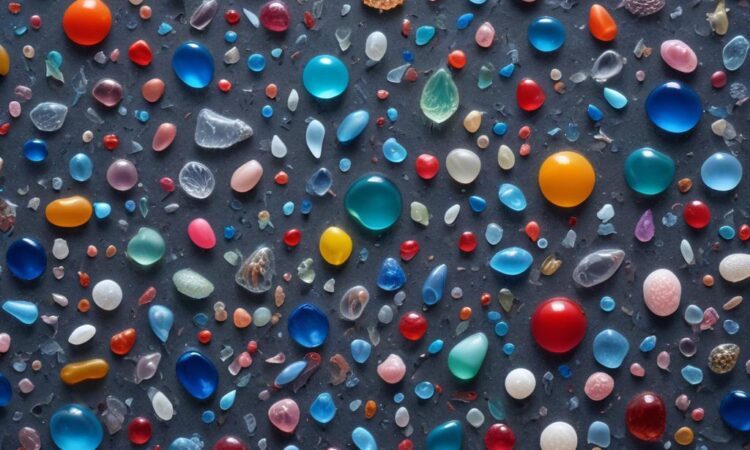The Microplastic Mess: Is it Hurting Us?
Okay, so let’s talk about something kinda gross, but seriously important: microplastics. You’ve probably heard the term floating around, but what exactly are they, and why should you care? In short, microplastics are tiny bits of plastic – think flecks smaller than a sesame seed – that are polluting pretty much everywhere. We’re talking oceans, rivers, soil…and even our food and bodies.
It’s a bit like a slow-motion environmental disaster movie, and we’re all starring in it. These tiny particles are breaking down from larger plastic items like bottles and bags, but also from things like synthetic fabrics shedding microfibers during washing. These little plastic bits are practically everywhere, and scientists are increasingly concerned about the impact they’re having on our health.
The thing is, we’re only just starting to scratch the surface of understanding how these microplastics affect us. Research is ongoing, but early findings are, frankly, a little worrying. Studies have shown microplastics in our drinking water, seafood, even in the air we breathe. They’re so small they can potentially get absorbed into our bodies through various routes – we might ingest them through food or water, or inhale them. And nobody really knows what that means long-term.
One of the biggest concerns is the potential for these plastics to release harmful chemicals into our bodies. Many plastics contain additives that are known to disrupt hormones, and these chemicals could leach out as the microplastics break down further. This raises concerns about potential links to various health problems, although more research is needed to definitively establish these connections.
Imagine this: you eat a plate of mussels, seemingly healthy and delicious. But those mussels might have ingested microplastics from the water they lived in. You eat your meal, unknowingly consuming tiny particles of plastic along with it. This isn’t a hypothetical situation; it’s a reality for many people worldwide.
So, what can be done? This isn’t some problem that’s solely on individual consumers. We need a systemic shift in how we approach plastic production and waste management. Stricter regulations on the production and disposal of plastics are urgently needed. Companies need to take responsibility for the entire lifecycle of their products, not just the point of sale. And we, as consumers, can make conscious choices to reduce our plastic footprint. Things like choosing reusable bags, reducing our consumption of single-use plastics, supporting companies committed to sustainable practices – these all contribute to the solution.
It’s not just about cleaning up the mess we’ve already created; it’s also about preventing further contamination. We need investment in innovative technologies to capture and remove microplastics from the environment. We need better wastewater treatment methods to prevent microplastics from entering our waterways. We need research to fully understand the long-term consequences of microplastic exposure, and we need to develop strategies to mitigate those consequences.
The impact of microplastics on human health is a complex and evolving issue. There’s still much we don’t know, but the evidence we do have is strong enough to call for urgent action. This isn’t just an environmental issue; it’s a public health issue that requires a multi-faceted, global response.
We need to move beyond simply raising awareness; we need to demand change. We need policymakers to enact meaningful legislation. We need industries to innovate and embrace sustainable practices. We need all of us – individuals, governments, and corporations – to work together to address this challenge before it’s too late.
The scale of the problem is daunting, but it’s not insurmountable. With concerted effort, we can lessen the impact of microplastics on our health and the environment. This isn’t about being perfect; it’s about doing better. Every small step counts.
The challenge before us is significant, but the potential for positive change is even greater. Let’s work together to tackle this pervasive problem and build a healthier future for ourselves and generations to come.

